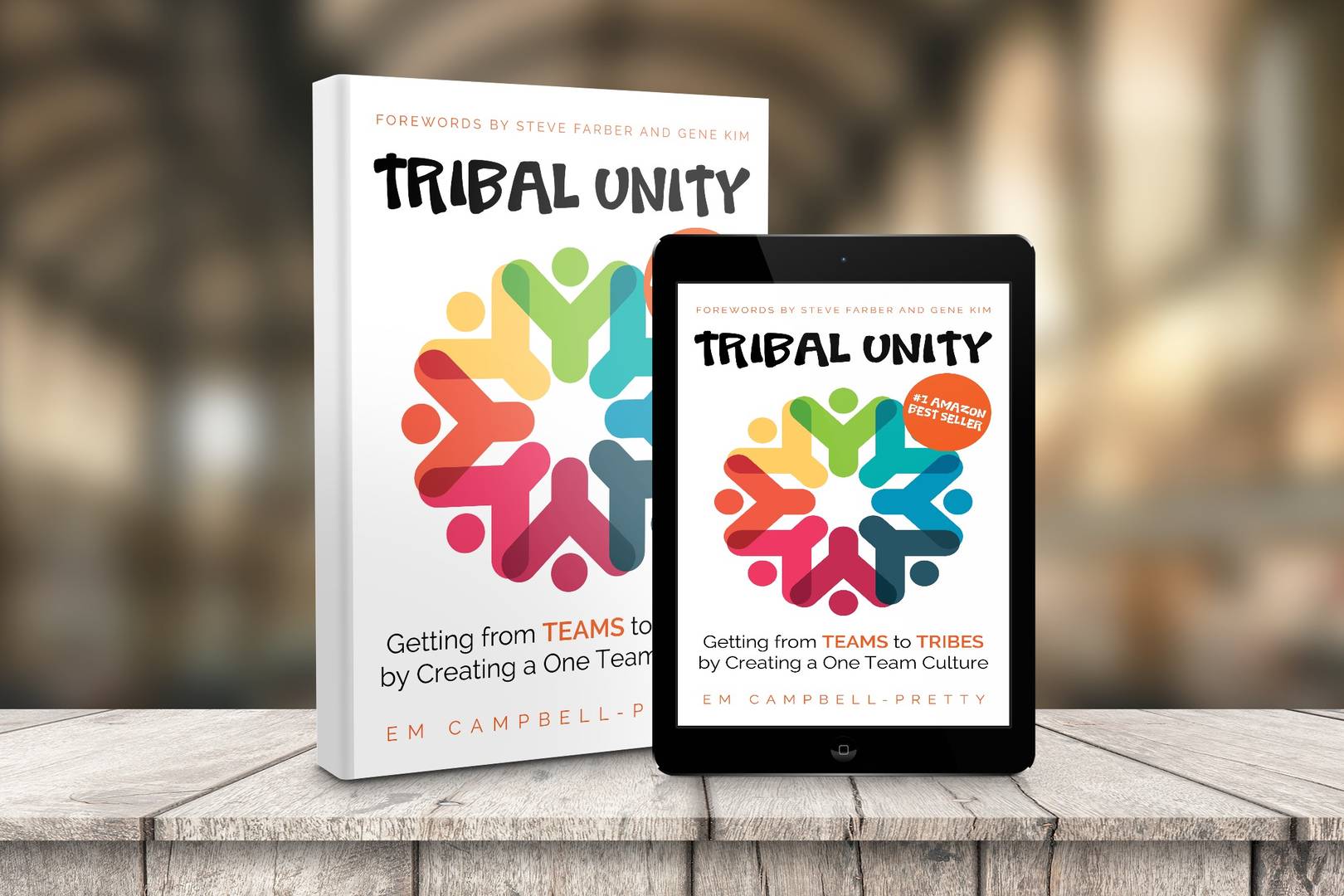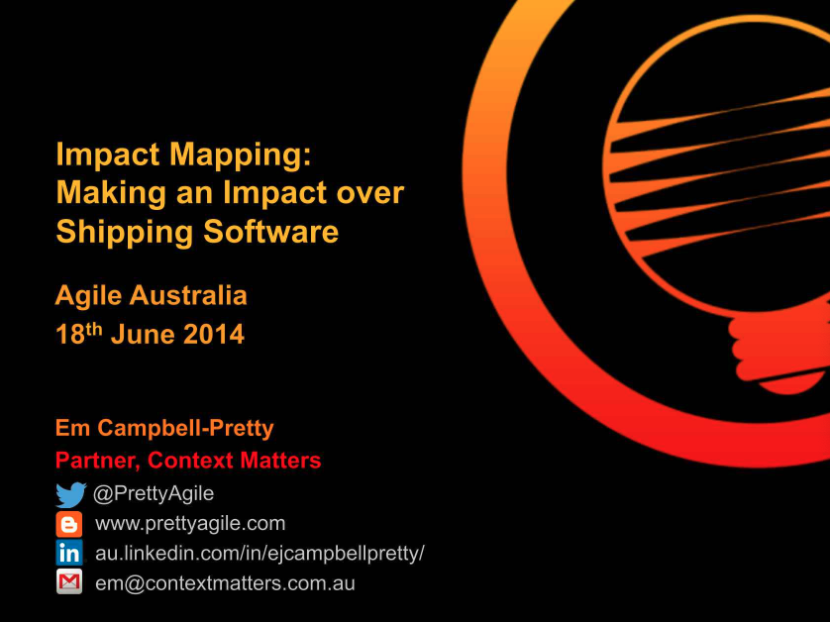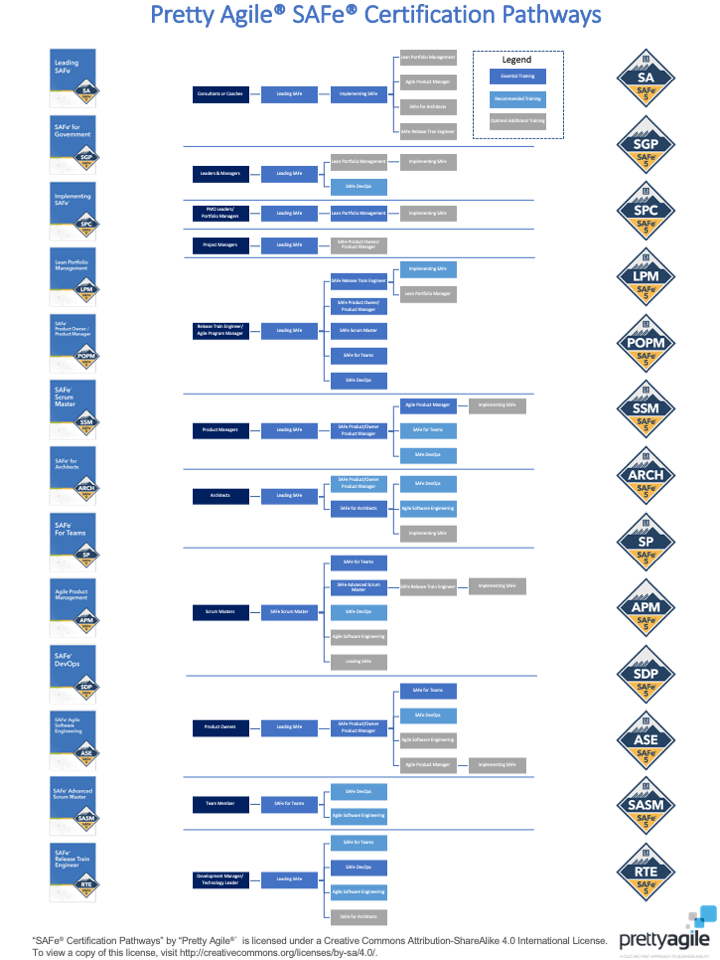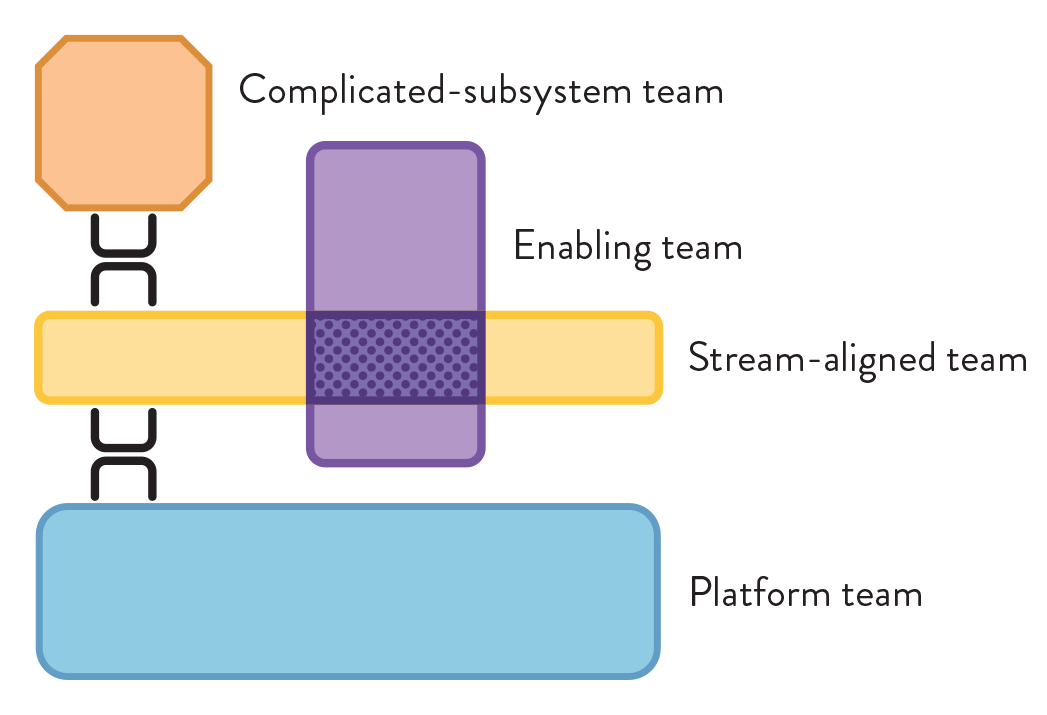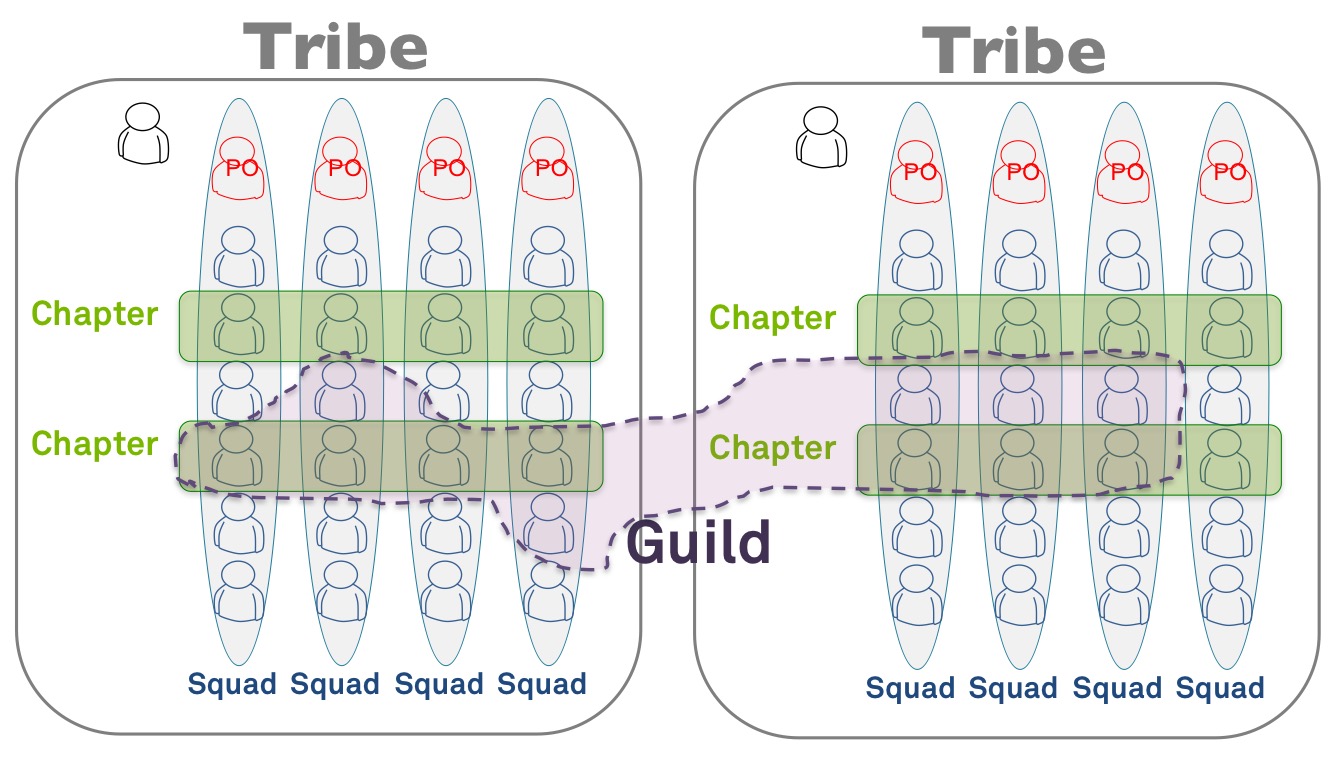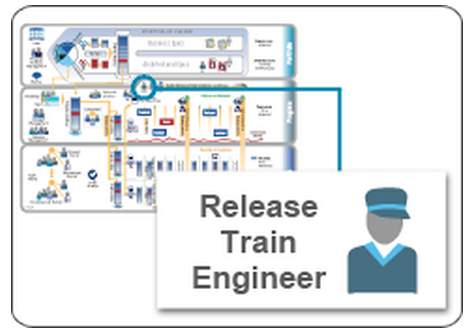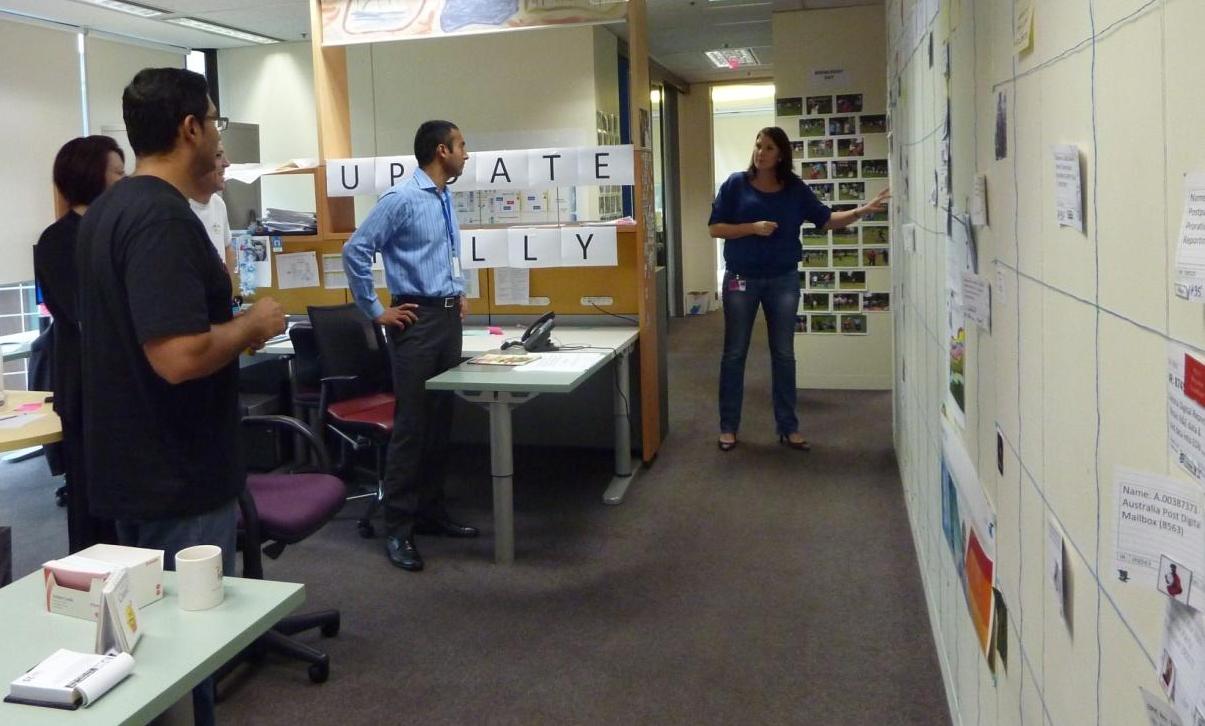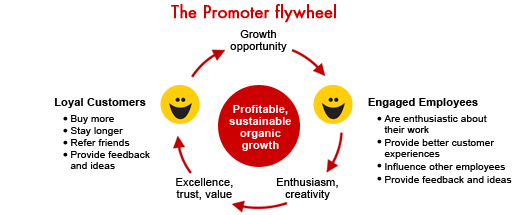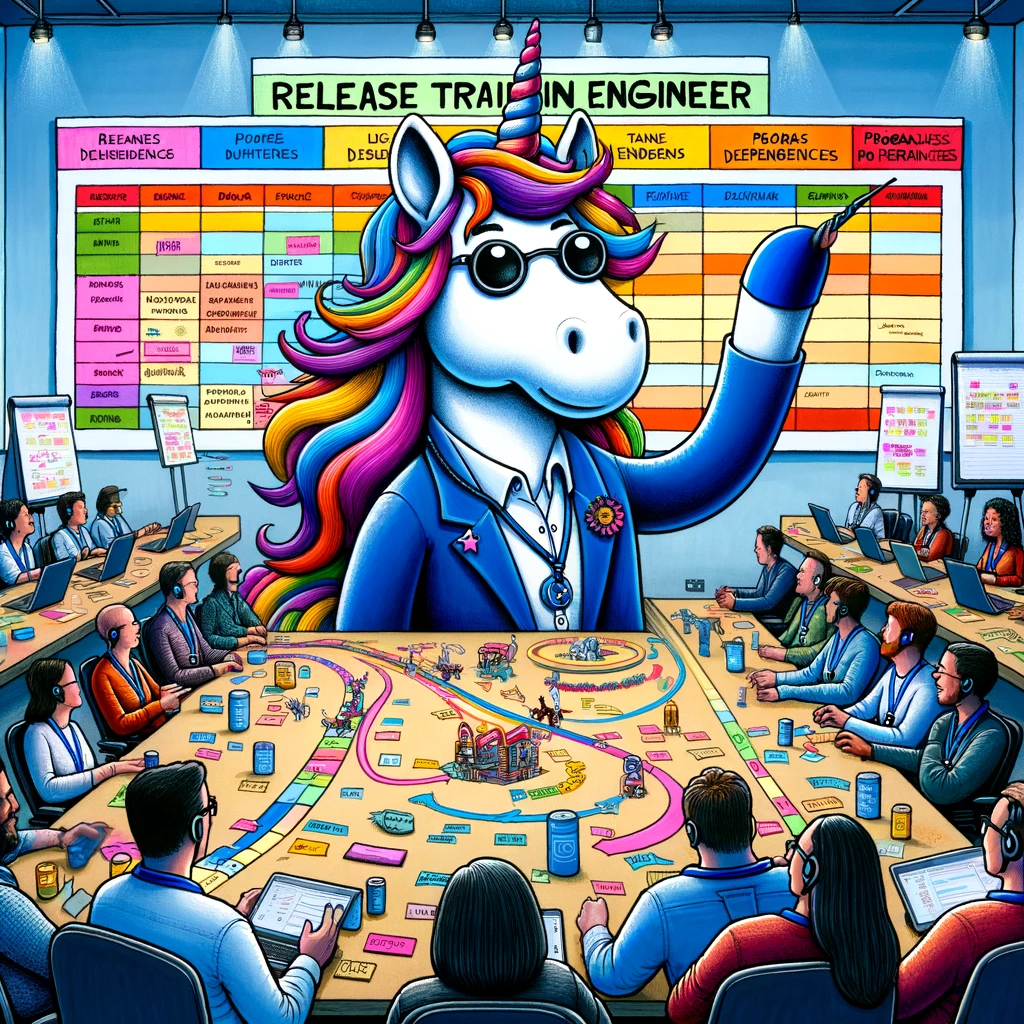- AI-Native Training
- SAFe Training
- Choose a Course
- Public Training Schedule
- SAFe Certifications
- Leading SAFe
- Implementing SAFe
- Advanced SAFe Practice Consultant
- Leading SAFe for Government
- SAFe Lean Portfolio Management
- SAFe Release Train Engineer
- SAFe for Hardware
- SAFe for Architects
- Agile Product Management
- SAFe Scrum Master
- Advanced Scrum Master
- SAFe DevOps
- SAFe Product Owner/Product Manager
- SAFe Agile Software Engineering
- SAFe for Teams
- SAFe Micro-credentials
- Agile HR Training
My Agile 2013 Experience - Day 5 of 6
Thursday
De-Mystifying Kanban: Understanding Its Many Faces Al Shalloway
Al provided a very thorough and complete explanation of the various flavours of Kanban. He covered:
- Kanban as a signal
- Kanban as a Team Development Process
- Kanban’s Roots in Lean
- Scrum as a Manifestation of Lean
- Lean Kanban University (LKU) Kanban aka The Kanban Method
- Kanban Thinking or Lean-Kanban
- Getting Started with Kanban
Gaining Support for a Sustainable Agile Transformation Dennis Stevens and Mike Cottmeyer
Dennis and Mike believe Agile is about team and if you can't get to teams you fundamentally cannot get agile to work. When getting started with agile, figure out what is the right thing to form teams around.
When it comes to agile at scale, the challenge is how to coordinate multiple teams delivering output at the same time. You need to determine "what are the things that are shared, and what are the things that consume the shared stuff". At scale the performance of the team isn't as important as the performance of the corporation as a whole. Focus less on team velocity rather focus on cycle time at the program and portfolio level.
Dennis and Mike told us scaling is hard, because books tell us what it looks like but not how we get there safely. You have to align the team, management and executive perspectives to create the safety for an agile transformation. If you are in a place where you don't have trust in the team it's probably because they haven't delivered because of the system around them. Overloaded teams will find it safer to say 'yes' and fail, than to say 'no' to more work.
When it comes to starting an agile transformation start by understanding the business drivers of the organisation, define the operational framework, introduce change incrementally, measure improvement and tie it back to the business drivers. Most people in the face of good data won't make irrational decisions. Cultural shift is important but it takes time and requires safety, you have to create the operational model first. "You are not going to kumbaya yourself into an agile enterprise!"
The Language of Change Esther Derby
Everything touches everything. If we are trying to change one thing it always impacts another. How does language play into the success of change? How do people talk about change in your organisation? Do they use words like: change management, drive change, create a burning platform, evangelize, cut the dead wood, clean house, roll out change, overcome resistance. When we use language it's not just the words that are active in our brains. 98% of our thinking happens at an unconscious level.
"You're going to cut the deadwood? Weren't these people all alive when you hired them?" - @estherderby #Agile2013
— Michael (Doc) Norton (@DocOnDev) August 8, 2013
We are awash in metaphor everyday. It is pervasive, everywhere we go, in every conversation we have. When we use metaphor it kicks off a process in our heads, a frame, with roles and scenarios, therefore we need to be careful and intentional about the language we use. The way we talk about change, for the most part, masks the complexity of what we are doing. When we use metaphor and kick off that script, it makes it more difficult to engage. Every change is different . You have to start where you are and find your own road. Every time we have a gap between our values and actions, cynicism and fear fills the gap.
There is always an emotional element to change. Denying the emotion keeps it in play. You don't need to fix it you just need to acknowledge it. People eventually adjust to change and reach a new status quo. The best time to make a change is when folks have successfully integrated the last change. The worst time is when things are in a state of chaos.
When we change the structure of an organisation we impact identity, status and affiliation creating resistance. When there is resistance we push hard and the resisters push back and don't feel heard.
People resist for a number of reasons, they don't trust the person behind the change or they might think its a really stupid idea. When people don't feel like they are being heard they hold on harder. The reasons people may resist change are mostly pretty legitimate - to save the things they value.
Changing organisations changes people, impacting identity, status and affiliation. You need to provide support, empathy and time to learn. If we want to succeed in change it requires trust. Trust must be given (not earned). Trust is not binary, it is always contextual and bounded. Trust is one of the reasons that change fails. People don't resist change they resist coercion. We need to connect. If we don't connect we don't have trust.
Esther recommends the following reading material on this topic:
Metaphors We Live By by George Lakoff & Mark Johnson
Facilitating Organization Change: Lessons from Complexity Science by Edwin E. Olson & Glenda H. Eoyang
Satir Change Model
Slow Ideas by Atul Gawande
Facilitating Organization Change: Lessons from Complexity Science by Edwin E. Olson & Glenda H. Eoyang
Satir Change Model
Slow Ideas by Atul Gawande
Agile Business Intelligence & Data Warehousing Open Jam
Organised by Lynn Winterboer, the Agile Business Intelligence & Data Warehousing open space was an opportunity to talk with "esteemed authors" Scott Ambler and Ken Collier as well as a number of practitioners about the challenges specific to using agile in the data domain. The morning session was so successful it was followed up by "Lean Cocktails" at the end of the day.
Conference Party
Held at Nashville's Wild Horse Saloon the conference party was unlike any conference party I had been to before. Everyone was given a cowboy hat and bandana on the way in and it was not long at all before the line dancing started! While I chose not to line dance myself, Mia Horrigan and I enjoyed watching Matthew Hodgson join in the fun.




